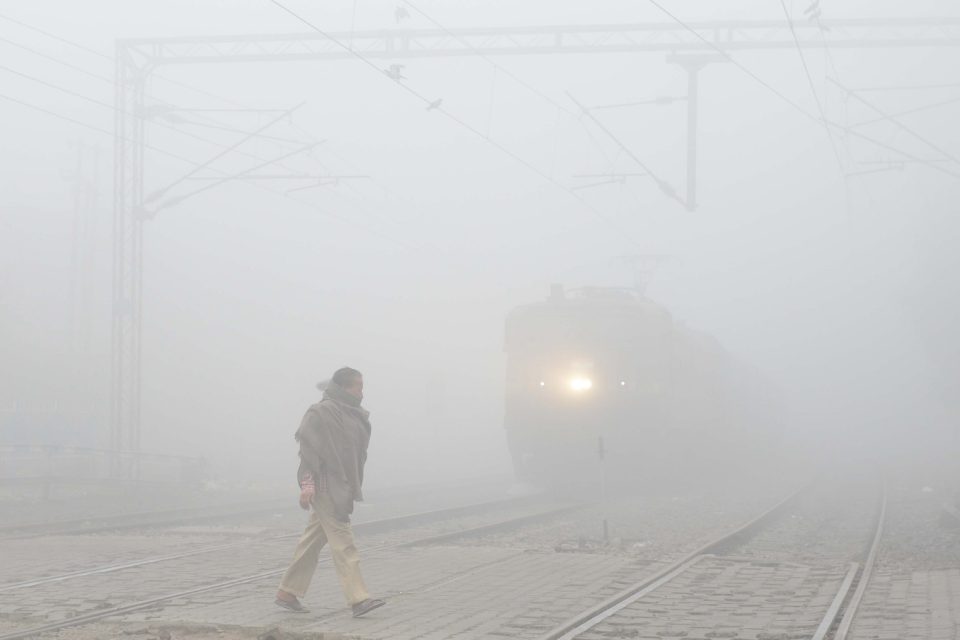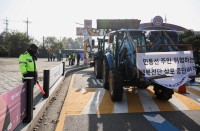
/ AFP / Narinder Nanu/
NEW DELHI, India (AFP) – Schools closed across large swathes of north India on Thursday as pollution hit hazardous levels for the third day, with growing calls for urgent government action to tackle what doctors are calling a public health emergency.
Punjab’s government said it was closing all 25,000 schools in the state for the rest of the week due to the acrid air blanketing north India and parts of neighboring Pakistan.
The decision came a day after Delhi authorities said they were closing all 6,000 schools in the capital until Sunday.
Low winds and the annual post-harvest burning of crop stubble in Punjab and neighboring areas have caused the levels of dangerous pollutants in the air to spike to many times the levels considered safe.
Figures on the US embassy website showed levels of PM2.5 — the smallest particulates that cause most damage to health — spiked at over 1,000 on Wednesday afternoon in Delhi, though by Thursday they had fallen to 590.
The World Health Organization’s guidelines say 25 is the maximum anyone can safely be exposed to over a 24-hour period.
A government advisory urged anyone with breathing difficulties to remain indoors and said everyone should avoid strenuous activity.
Media reports said the thick smog had also led to a series of road accidents in north India.
Eight students were killed late Wednesday when a truck ploughed into them as they waited for a bus on a roadside in Punjab.
On Thursday The Times of India joined growing calls for government action to curb the chronic pollution, which the Indian Medical Association this week termed a public health emergency.
It is the second year running that Delhi — now the world’s most polluted capital with air quality worse than Beijing — has faced such high levels of PM2.5.
“Delhi once again has become a veritable gas chamber with denizens finding it difficult to breathe,” India’s most read English-language newspaper said in an editorial blaming “political apathy.”
“Air pollution during winter months has become a catastrophe for large parts of north India. It’s high time the question is asked: why can’t authorities enjoying jurisdiction over the national capital of an aspiring great power… come up with concrete measures to tackle the world’s worst air pollution,” it said.
Since 2014, when WHO figures showed the extent of the crisis, authorities in Delhi have closed power plants temporarily and experimented with taking some cars off the road.
But the temporary measures have had little effect.
Delhi’s air quality typically worsens before the onset of winter as cooler air traps pollutants near the ground and prevents them from dispersing into the atmosphere, a phenomenon known as inversion.
The Delhi government is to meet later Thursday to decide whether to reintroduce restrictions on driving cars in the city. (Agence France-Presse)








